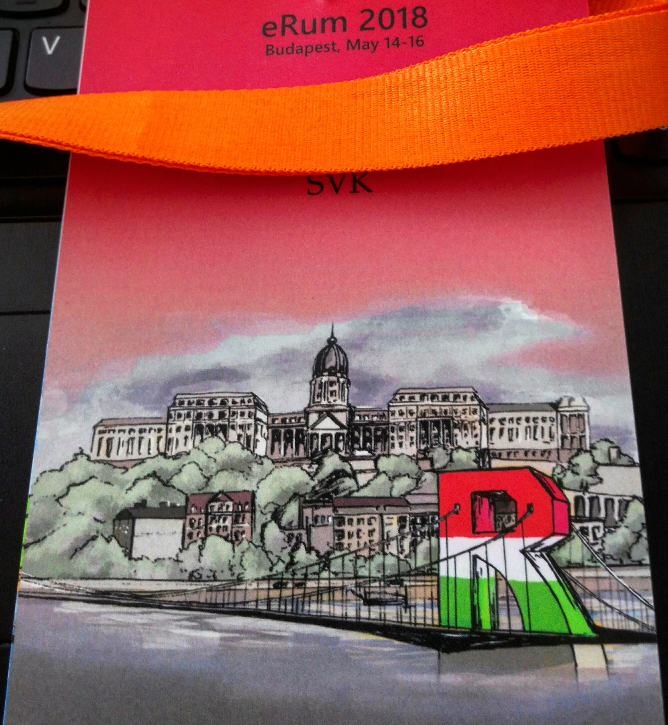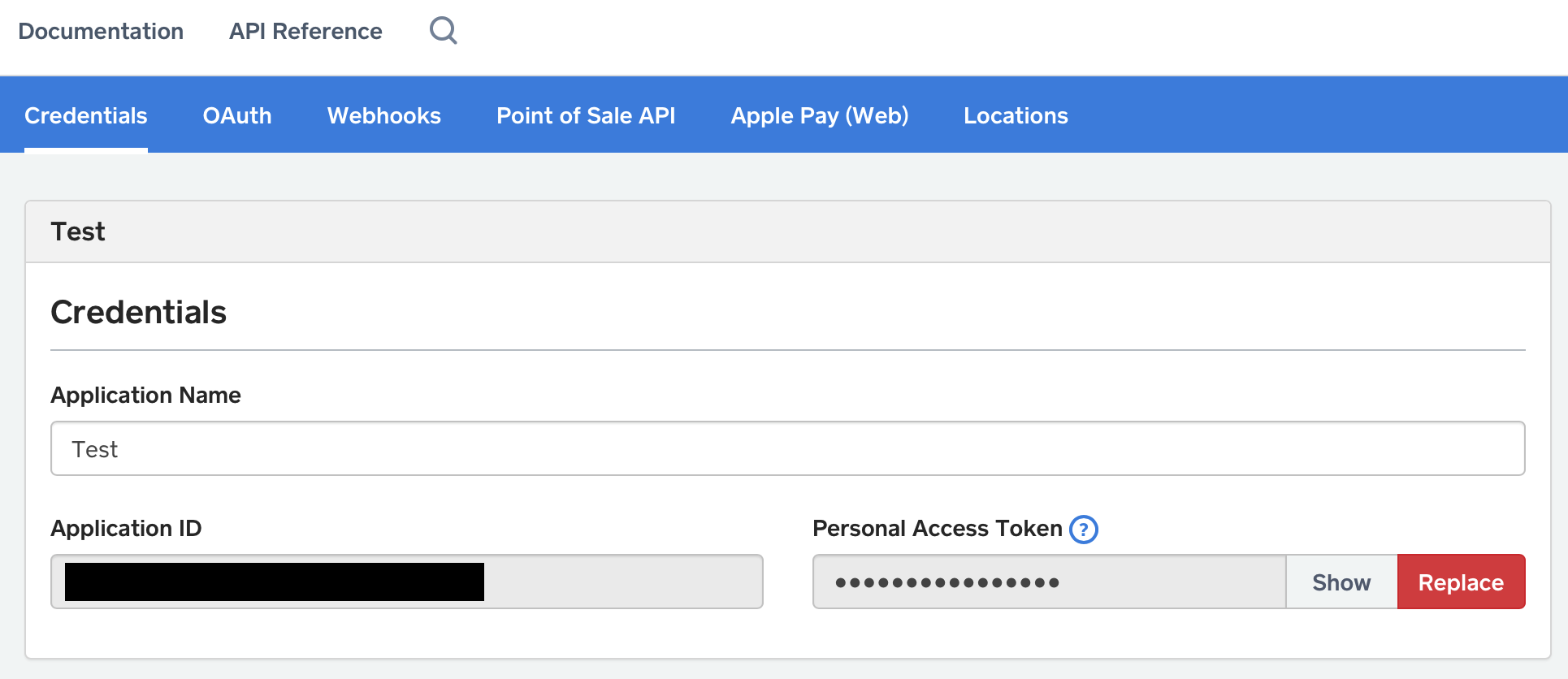############################################################################
#BROWNLOW PREDICTION WITH FREE DATA!!!!
################
###
##from fitzRoy figures
# ptm <- proc.time()
library(tidyverse)
df<-fitzRoy::get_afltables_stats(start_date = "1897-01-01", end_date = Sys.Date())
names(df)
# df<-afldata::afldata
team_stats<-df%>%
dplyr::select(Date, First.name,Surname,Season, Round, Playing.for, Kicks:Goal.Assists)%>%
group_by(Date, Season, Round, Playing.for)%>%
summarise_if(is.numeric,funs(sum=c(sum(.))))
player_stats<-df%>%
dplyr::select(Date, First.name,Surname,Season, Round, Playing.for, Kicks:Goal.Assists)
complete_df<-left_join(player_stats,team_stats, by=c("Date"="Date", "Season"="Season", "Playing.for"="Playing.for"))
#but we also need margins as per honours stuff
dataset_scores<-fitzRoy::match_results
names(dataset_scores)
dataset_scores1<-dataset_scores%>%dplyr::select (Date, Round, Home.Team, Home.Points,Game)
dataset_scores2<-dplyr::select(dataset_scores, Date, Round, Away.Team, Away.Points,Game)
colnames(dataset_scores1)[3]<-"Team"
colnames(dataset_scores1)[4]<-"Points"
colnames(dataset_scores2)[3]<-"Team"
colnames(dataset_scores2)[4]<-"Points"
df5<-rbind(dataset_scores1,dataset_scores2)
dataset_margins<-df5%>%group_by(Game)%>%
arrange(Game)%>%
mutate(margin=c(-diff(Points),diff(Points)))
# View(dataset_margins)
dataset_margins$Date<-as.Date(dataset_margins$Date)
complete_df$Date<-as.Date(complete_df$Date)
complete_df<-left_join(complete_df,dataset_margins,by=c("Date"="Date", "Playing.for"="Team"))
complete_df_ratio<-complete_df%>%
mutate(kick.ratio=Kicks/Kicks_sum,
Marks.ratio=Marks/Marks_sum,
handball.ratio=Handballs/Handballs_sum,
Goals.ratio=Goals/Goals_sum,
behinds.ratio=Behinds/Behinds_sum,
hitouts.ratio=Hit.Outs/Hit.Outs_sum,
tackles.ratio=Tackles/Tackles_sum,
rebounds.ratio=Rebounds/Rebounds_sum,
inside50s.ratio=Inside.50s/Inside.50s_sum,
clearances.ratio=Clearances/Clearances_sum,
clangers.ratio=Clangers/Clangers_sum,
freefors.ratio=Frees.For/Frees.For_sum,
freesagainst.ratio=Frees.Against/Frees.Against_sum,
Contested.Possessions.ratio=Contested.Possessions/Contested.Possessions_sum,
Uncontested.Possessions.ratio=Uncontested.Possessions/Uncontested.Possessions_sum,
contested.marks.ratio=Contested.Marks/Contested.Marks_sum,
marksinside50.ratio=Marks.Inside.50/Marks.Inside.50_sum,
one.percenters.ratio=One.Percenters/One.Percenters_sum,
bounces.ratio=Bounces/Bounces_sum,
goal.assists.ratio=Goal.Assists/Goal.Assists_sum,
disposals.ratio=(Kicks+Handballs)/(Kicks_sum+Handballs_sum))
df<-complete_df_ratio%>%dplyr::select(Date, First.name, Surname, Season, Round.x, Playing.for,-Brownlow.Votes, Brownlow.Votes_sum,everything())
df<-df%>%dplyr::select(-Brownlow.Votes,everything())
df[is.na(df)] <- 0
in.sample <- subset(df, Season %in% c(2013:2016))
in.sample$Brownlow.Votes <- factor(in.sample$Brownlow.Votes)
in.sample<-in.sample%>%filter(Round.x %in% c("1","2","3","4","5","6","7","8",
"9","10","11","12","13","14","15","16","17","18","19","20","21","22","23","24"))
names(in.sample)
in.sample$Player<-paste(in.sample$First.name,in.sample$Surname)
in.sample<-in.sample%>%dplyr::select(Player, Date, Season, Round.x, Playing.for, margin:Brownlow.Votes)
library(ordinal)
fm1<-clm(Brownlow.Votes~ kick.ratio + handball.ratio + Marks.ratio +
disposals.ratio+ hitouts.ratio+
freefors.ratio + freesagainst.ratio + tackles.ratio + Goals.ratio + behinds.ratio + Contested.Possessions.ratio+
Uncontested.Possessions.ratio + clangers.ratio + contested.marks.ratio + marksinside50.ratio +
clearances.ratio + rebounds.ratio + inside50s.ratio + one.percenters.ratio + bounces.ratio+
goal.assists.ratio +margin,
data = in.sample)
library(MASS)
fm2<- stepAIC(fm1, direction='backward',type=AIC)
####################
###Get the out.sample
### Example using data from footywire to show that in fitzRoy
### fans have access to both popular websites
names(fitzRoy::player_stats)
df_2017<-fitzRoy::player_stats%>%
filter(Season==2017)
team_stats_out<-df_2017%>%
dplyr::select(Date, Player,Season, Round, Team, CP:T5)%>%
group_by(Date,Season, Round, Team)%>%
summarise_if(is.numeric,funs(sum=c(sum(.))))
player_stats_out<-df_2017%>%
dplyr::select(Date, Player,Season, Round, Team, CP:T5)
complete_df_out<-left_join(player_stats_out,team_stats_out, by=c("Date"="Date", "Season"="Season", "Team"="Team"))
dataset_scores<-fitzRoy::match_results
names(dataset_scores)
dataset_scores1<-dataset_scores%>%dplyr::select (Date, Round, Home.Team, Home.Points,Game)
dataset_scores2<-dplyr::select(dataset_scores, Date, Round, Away.Team, Away.Points,Game)
colnames(dataset_scores1)[3]<-"Team"
colnames(dataset_scores1)[4]<-"Points"
colnames(dataset_scores2)[3]<-"Team"
colnames(dataset_scores2)[4]<-"Points"
df5<-rbind(dataset_scores1,dataset_scores2)
dataset_margins<-df5%>%group_by(Game)%>%
arrange(Game)%>%
mutate(margin=c(-diff(Points),diff(Points)))
dataset_margins$Date<-as.Date(dataset_margins$Date)
complete_df_out$Date<-as.Date(complete_df_out$Date)
dataset_margins<-dataset_margins %>%mutate(Team = str_replace(Team, "Brisbane Lions", "Brisbane"))
dataset_margins<-dataset_margins %>%mutate(Team = str_replace(Team, "Footscray", "Western Bulldogs"))
complete_df_out<-left_join(complete_df_out,dataset_margins,by=c("Date"="Date", "Team"="Team"))
names(complete_df_out)
####create the new ratios
complete_df_ratio_out<-complete_df_out%>%
mutate(kick.ratio=K/K_sum,
Marks.ratio=M/M_sum,
handball.ratio=HB/HB_sum,
Goals.ratio=G/G_sum,
behinds.ratio=B/B_sum,
hitouts.ratio=HO/HO_sum,
tackles.ratio=T/T_sum,
rebounds.ratio=R50/R50_sum,
inside50s.ratio=I50/I50_sum,
clearances.ratio=(CCL+SCL)/(CCL_sum+SCL_sum),
clangers.ratio=CL/CL_sum,
freefors.ratio=FF/FF_sum,
freesagainst.ratio=FA/FA_sum,
Contested.Possessions.ratio=CP/CP_sum,
Uncontested.Possessions.ratio=UP/UP_sum,
contested.marks.ratio=CM/CM_sum,
marksinside50.ratio=MI5/MI5_sum,
one.percenters.ratio=One.Percenters/One.Percenters_sum,
bounces.ratio=BO/BO_sum,
goal.assists.ratio=GA/GA_sum,
disposals.ratio=D/D_sum)
conforming<-complete_df_ratio_out%>%
dplyr::select(Player, Date, Season, Round.x, Team, margin,
kick.ratio:disposals.ratio)
conforming$Brownlow.Votes<-0
out.sample=conforming
newdata <- out.sample[ , -ncol(out.sample)]
pre.dict <- predict(fm2,newdata=newdata, type='prob')
pre.dict.m <- data.frame(matrix(unlist(pre.dict), nrow= nrow(newdata)))
colnames(pre.dict.m) <- c("vote.0", "vote.1", "vote.2", "vote.3")
newdata.pred <- cbind.data.frame(newdata, pre.dict.m)
#### Step 1: Get expected value on Votes
newdata.pred$expected.votes <- newdata.pred$vote.1 + 2*newdata.pred$vote.2 + 3*newdata.pred$vote.3
####Join back on matchID whoops!
get_match_ID<-fitzRoy::player_stats
xx<-get_match_ID%>%dplyr::select(Date, Player, Match_id)
newdata.pred<-left_join(newdata.pred, xx, by=c("Date"="Date", "Player"="Player"))
newdata.pred<-filter(newdata.pred, Date<"2017-09-01")
sum1 <- aggregate(vote.1~Match_id, data = newdata.pred, FUN = sum ); names(sum1) <- c("Match_id", "sum.vote.1");
sum2 <- aggregate(vote.2~Match_id, data = newdata.pred, FUN = sum ); names(sum2) <- c("Match_id", "sum.vote.2");
sum3 <- aggregate(vote.3~Match_id, data = newdata.pred, FUN = sum ); names(sum3) <- c("Match_id", "sum.vote.3");
#### Step 3: Add sum of each vote by matchId to big table
newdata.pred <- merge(newdata.pred, sum1, by = "Match_id")
newdata.pred <- merge(newdata.pred, sum2, by = "Match_id")
newdata.pred <- merge(newdata.pred, sum3, by = "Match_id")
#### Step 4: Add std1/2/3
newdata.pred$std.1 <- (newdata.pred$sum.vote.1/newdata.pred$vote.1)^-1
newdata.pred$std.2 <- (newdata.pred$sum.vote.2/newdata.pred$vote.2)^-1
newdata.pred$std.3 <- (newdata.pred$sum.vote.3/newdata.pred$vote.3)^-1
#### Step 5: Expected standard game vote
newdata.pred$exp_std_game_vote <- newdata.pred$std.1 + 2*newdata.pred$std.2 + 3*newdata.pred$std.3
#### Step 6: List of winners
newdata.pred$PlayerName<-paste(newdata.pred$Player," ",newdata.pred$Team)
winners.stdgame <- aggregate(exp_std_game_vote~PlayerName, data = newdata.pred, FUN = sum );
winners.stdgame <- winners.stdgame[order(-winners.stdgame$exp_std_game_vote), ]
winners.stdgame[1:10, ]
# proc.time() - ptm [Read more...]












